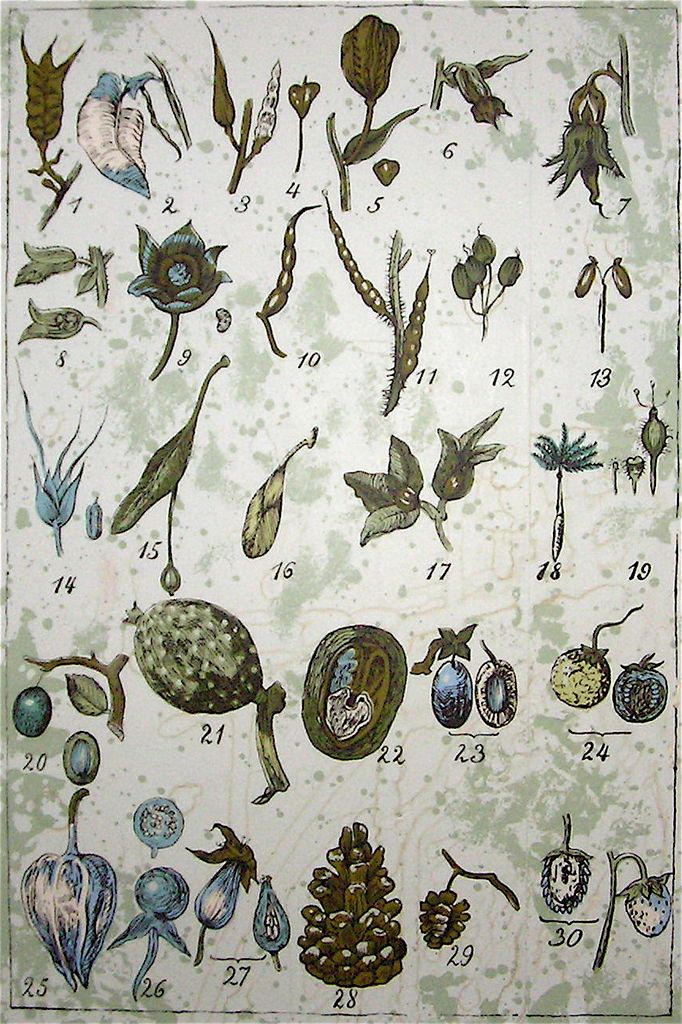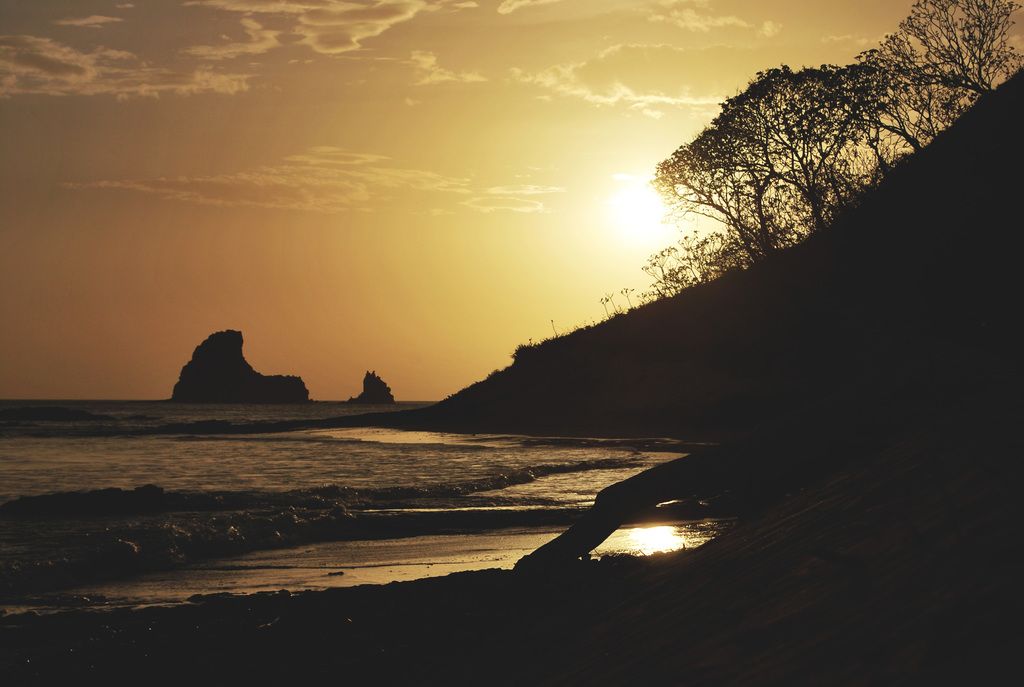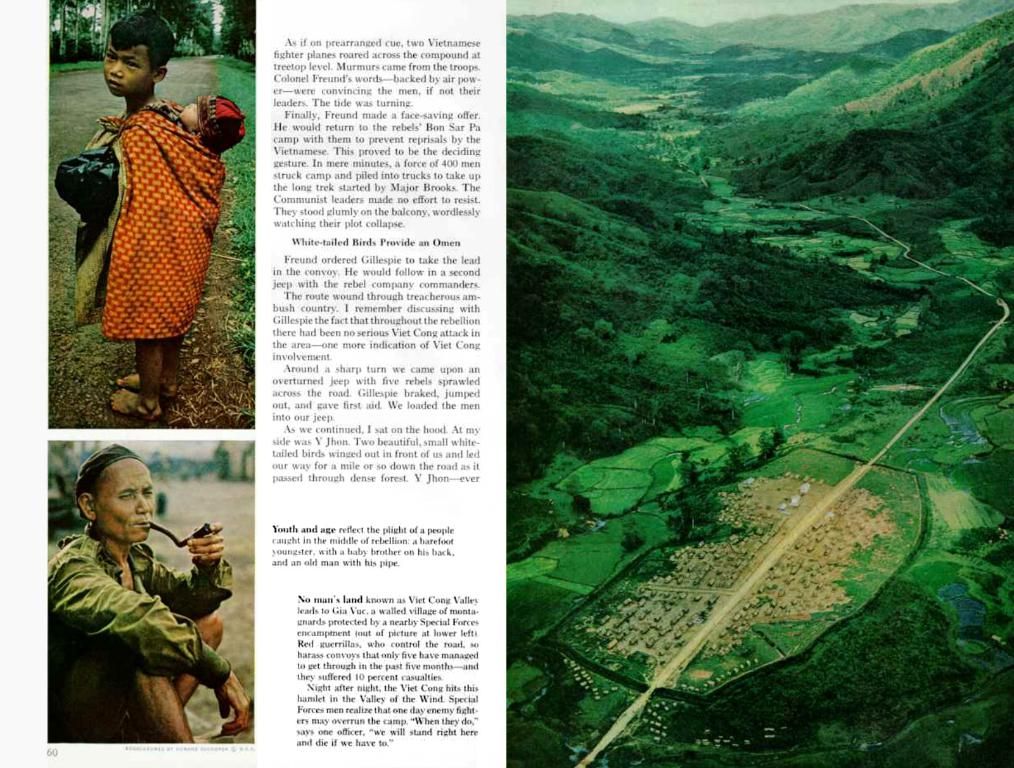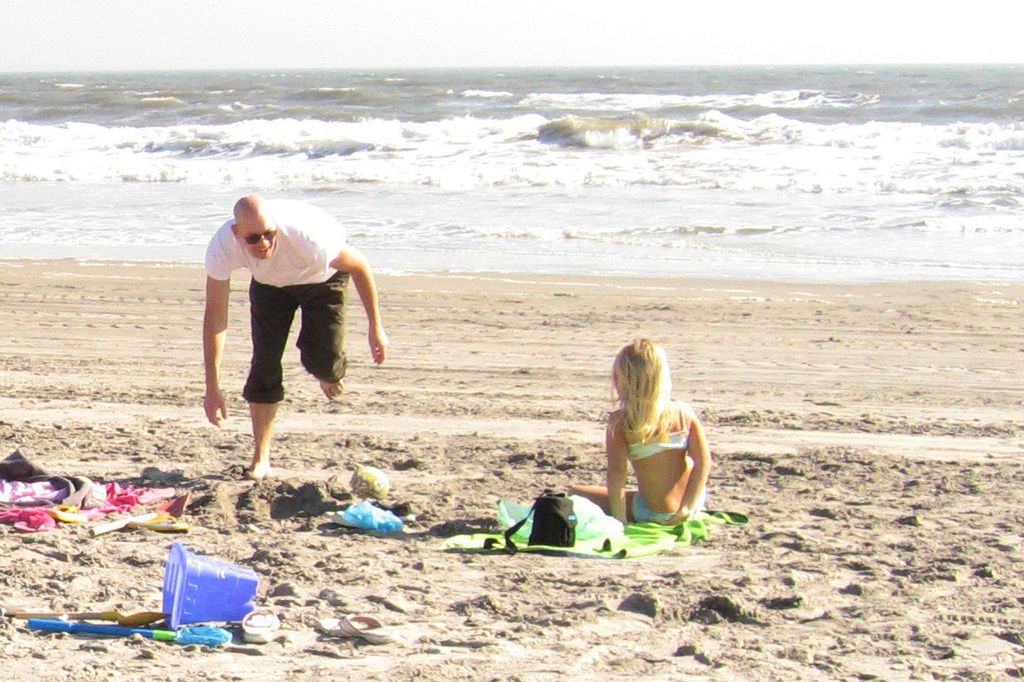Effective Methods for Puration of Water in Uncharted Territories or Wilderness
Surviving in the wilderness means taking care of the basics, and one of those essentials is finding clean, drinkable water. Whether you're camping, hiking, or finding yourself stranded, understanding how to purify water effectively is crucial. We'll walk you through the best techniques for water purification that are both easy and accessible. From filtering to boiling and everything in between, let's make sure you're ready to stay safe and hydrated in the great outdoors.
Why is Water Purification Important in the Wilderness?
In the wild, even clear-looking water can hide pathogens, bacteria, and parasites that pose serious health risks. Drinking untreated water exposes you to these contaminants, like Giardia, E. coli, and others that can lead to severe gastrointestinal issues, dehydration, and worse. Learning how to purify water effectively isn't just about enhancing your safety - it's about having the confidence to explore the wilderness without fear of contamination.
Choosing the Right Water Purification Method
The water purification method you choose depends mostly on the environment and what resources are available. For backpacking, portable filters may be best, while rugged settings might call for bare-bones techniques. To determine the best method for your situation:
- Assess your available equipment: Some methods rely on tools or gear, like filters or tablets, while others just need a fire.
- Consider the time factor: Certain methods, like boiling, can take a while, while UV purification is faster.
- Evaluate the water source: The cleanliness of the water affects the method's effectiveness, as heavily contaminated water may need multiple treatments.
Boiling
Hint: Try to collect water from clear, moving sources like streams. Stagnant water tends to have more bacteria and contaminants.
Bacteria, viruses, protozoa
Effective Water Purification Techniques
Minimal equipment needed; effective with turbid water
Boiling Water
1-3 minutes (rolling boil)
Boiling is one of the simplest and most dependable methods of purification. Heat water to rolling boil for at least a minute (or 3 minutes at elevation), and you kill most bacteria, viruses, and parasites present. Boiling works where you don't have specialized equipment; only a heat source and a container are required.
Requires heat source and time
Hint: Filter out particles or sediment before boiling with a cloth or bandana for better results.
Water Filtration
Filtration
Water filters are highly efficient at removing particulates, bacteria, and protozoa. They come in various forms, including pump filters, straw-style filters, and gravity filters, and are great for both single adventures and groups. Most filters feature fine mesh or ceramic elements that trap harmful microorganisms while letting clean water pass through. While they usually don’t remove viruses, filters are a quick and efficient solution for most backcountry sources. Consider carrying a portable filter for short trips, as they're lightweight, easy to use, and usually provide immediate access to drinkable water.
Bacteria, protozoa
Using Water Purification Tablets
Ideal for backpacking; quick and easy
Purification tablets are compact, portable, and work wonders for short-term use. Often made from chlorine, iodine, or other disinfecting agents, these tablets kill bacteria, viruses, and some parasites within 30 minutes to a couple of hours. However, they may leave an unpleasant taste. Keep a few tablets as a backup option; they can be a lifesaver if your main method fails or isn’t accessible.
Instant
Pro Tip: After using tablets, wait the recommended amount of time before drinking, as some organisms are more resistant and may take longer to neutralize.
Doesn't remove viruses; may clog with sediment
UV Light Purification
UV light purifiers are a high-tech and effective way to clean water. Small, handheld devices like Oxfam's WaterWiker emit UV light that disrupts the DNA of harmful microorganisms, making reproduction impossible. This method is lightweight and quick, purifying a liter of water in about a minute. However, UV purifiers rely on batteries and work best with clear water. If you're in a remote area without access to electricity, spare batteries or a solar charger are essential. Also, pre-filter the water if it's murky, as UV light doesn't work well with particles blocking the beam.
Chemical Treatment
Solar Disinfection (SODIS)
Bacteria, viruses, some protozoa
Solar water disinfection, or SODIS, is a simple method using sunlight to kill pathogens. Fill a clear plastic or glass bottle with water and leave it in direct sunlight for 6–12 hours. UV rays and heat work together to eradicate most pathogens. While this method is slow, it's useful if you're in a sunny area with no fire or chemical access.
Compact and lightweight for emergencies
Though easy, SODIS has its limitations: it needs bright sunlight and works best with clear, shallow containers. The water may not taste as fresh, but it's worth trying when other options aren't available.
30 mins to 4 hours
Distillation
Potential taste; not effective for all protozoa
Distillation is the most thorough way to purify water, removing not only microorganisms but also heavy metals, salts, and chemicals. The process works by heating water until it evaporates, then capturing the condensation, leaving contaminants behind. This method is especially useful if your source contains salt or if you're unsure of the water's chemical safety. It takes more time and setup, but it's a lifesaver in extreme situations.
Distilling water in the wilderness requires making a makeshift still. This can be accomplished by boiling water and capturing the steam in another container, or by using a solar still method, capturing evaporated water beneath a plastic sheet. Although more complex than boiling, it's a great backup when dealing with uncertain or salt-laden water sources.
UV Light Purification
Chemical Treatment
Bacteria, viruses, protozoa
Chemical treatments like chlorine dioxide and iodine are effective against a wide range of pathogens, though they don’t remove sediment or heavy metals. Chlorine dioxide is preferred by many for its effectiveness and mild taste compared to iodine, which can leave a stronger aftertaste. Chemical treatments are simple to use; just add drops or tablets to your water, mix, and wait for the recommended amount of time.
Quick and portable with clear water
Remember, certain organisms, like Cryptosporidium, are more resistant to iodine, so chlorine dioxide is often a better choice. Additionally, chemical treatments require a waiting period—30 minutes to several hours—making them ideal for situations where you can plan ahead. They're also backup options if your primary purification method fails.
1-2 minutes per liter
Creating an Improvised Filter with Charcoal, Sand, and Gravel
Requires batteries; less effective in turbid water
When you're out of options and need an improvised solution, creating a filter with natural materials is an effective, low-tech method. Using a bottle, bandana, or any hollow container, make a basic filtration system by layering charcoal, sand, and gravel. While this doesn't sterilize water entirely, it does remove many particles and contaminants, improving both safety and taste.
To make a DIY filter:
SODIS (Solar Disinfection)
- Cut the bottom off a plastic bottle or use a hollowed log.
- Layer gravel, then sand, and finally crushed charcoal.
- Pour water through this filter multiple times to improve clarity.
Most bacteria and viruses
Keep in mind that this method removes large contaminants but doesn’t kill bacteria or viruses. To ensure safety, follow up with another method, like boiling or chemical treatment.
Accessible in sunny climates; minimal equipment
Using Plants for Filtration
6-12 hours
Certain plants have natural filtering properties that can aid in water purification. For example, charcoal from burned hardwood can help filter water, and some plants, like Moringa seeds, have coagulant properties that help settle sediments and some bacteria. Simply crush the seeds and mix them with water; the seeds will bind with particles, causing them to settle at the bottom. While not a complete solution, it can make water safer and clearer when combined with boiling or UV treatment.
Requires sunlight and clear water
Water Purification Methods Compared
| Method | Pathogens Removed | Best Use Case | Average Time Required | Additional Considerations ||--------------------|-------------------|---------------|----------------------|---------------------------|| Boiling | Bacteria, viruses, protozoa | Minimal equipment needed; effective with turbid water | 1–3 minutes (rolling boil) | Requires heat source and time || Chemical Treatment | Bacteria, viruses, some protozoa | Portable and compact; ideal for emergencies | 30 minutes to several hours | Potential taste; not effective for all protozoa || Water Filters | Bacteria, protozoa | Ideal for backpacking; quick and easily accessible | Instant | Doesn't always remove viruses || UV Light Purification | Bacteria, viruses,protozoa | Quick and portable with clear water | 1–2 minutes per liter | Requires batteries; not effective in turbid water || SODIS (Solar Disinfection) | Most bacteria and viruses | Sunny climates; minimal equipment | 6–12 hours | Requires sunlight and clear water || Distillation | Pathogens, heavy metals, salts | Extreme situations; uncertain or salt-laden water sources | 20 – 60 minutes per liter | Requires specialized equipment || DiY Filter with Charcoal, Sand, and Gravel | Large contaminants | Improvised solutions lacking equipment | Minutes to several treatments | Doesn't kill bacteria or viruses || Plant-Based Filtration (e.g., Moringa seeds) | Particles and some bacteria | Complementary method; combine with boiling or UV treatment | Instant | Limited in thorough purification |
- In the wilderness, water purification is essential as it eliminates pathogens, bacteria, and parasites that can cause serious health issues like gastrointestinal problems and dehydration.
- The water purification method you choose depends on the environment and resources available, such as equipment, time, and water source cleanliness.
- Boiling is a simple, dependable method of purification that can remove bacteria, viruses, and parasites by heating water to a rolling boil for at least a minute.
- Water filters are highly efficient at removing particulates, bacteria, and protozoa, and come in various forms, making them great for hiking or camping.
- Water purification tablets are compact, portable, and work wonders for short-term use, killing bacteria, viruses, and some parasites within 30 minutes to a couple of hours.
- Solar water disinfection (SODIS) is a method of purifying water through exposure to sunlight for 6–12 hours, making it useful in sunny areas with no fire or chemical access.




